Hurricanes hitting the coast of the United States have been a constant reminder of how powerful nature can really be, but when it comes to man-made counter-measures, our means are quite limited. Thus, people of various backgrounds ― scientists included ― have long debated the prospects of using nuclear bombs in order to deter or destroy hurricanes before they can reach the shore and cause mayhem.
Even though this debate was much more popular during the 1950s and early 1960s, according to the National Oceanic and Atmospheric Administration (NOAA), the number of letters received from people who still advocate such measures whenever a hurricane is inbound is still very high.
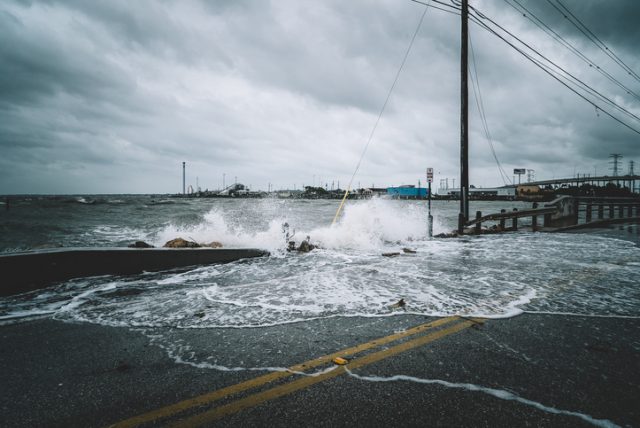
Due to the fact that the “nuke the hurricane” myth had become so widely expanded among the general population, the NOAA remains constantly devoted to debunking this misconception.
But how did such a crazy idea become so popular?
Origins of the notion of nuclear weapons being used in battling the elements date from the time when it was believed that nuclear power was a force we could harmlessly harness. Instead of using it for leveling cities, it could be used as a powerful tool ― one that could dig a 320 feet (100 m) deep crater, create a second Panama Canal, or make an instant harbor in Alaska by blowing up a portion of the coast.
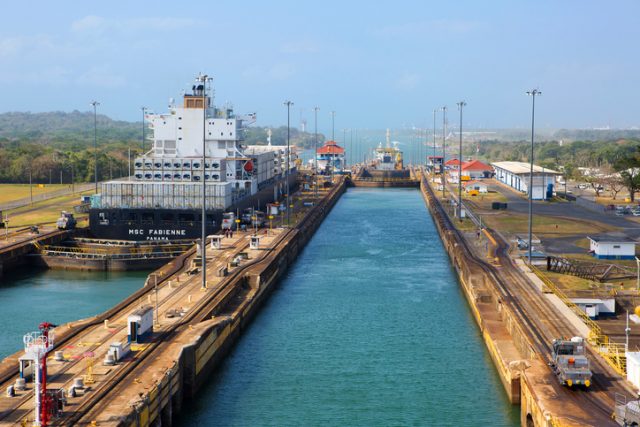
This surge of interest in the use of nuclear weapons appeared after the United States first full scale test of a thermonuclear “hydrogen bomb” on November 1, 1952. With an explosive force of 10.4 megatons, the bomb, codenamed Ivy Mike, was a thousand times more powerful than the devastating “destroyer of worlds” dropped on Hiroshima and Nagasaki in 1945.
However, testing of nuclear weapons was just too expensive for the government, not to mention the risk of contaminating entire parcels of land with radiation and possibly costing hundreds or thousands of human lives.
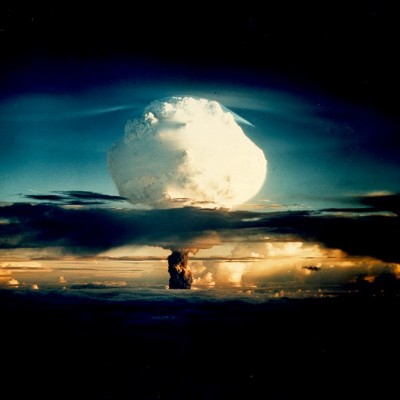
When it was revealed that the U.S. Army indeed possesses the hydrogen bomb, a meteorologist called Jack W. Reed managed to gain access to data and conduct research on the atmospheric effects that the bomb had during its first testing. The Mike detonation reportedly lifted a massive column of air more than 20 miles into the sky.
In 1958, he was determined to convince both the government and the public that such a weapon could be used to save lives, instead of taking them. He developed a theory by which a 20 megaton hydrogen bomb could be launched underwater into the eye of the hurricane using a submarine.
By Reed’s calculation, the explosion would cause the warm air in the eye of the storm to elevate into the stratosphere, just like it did during the 1952 test, significantly reducing the wind speed and thus weakening the storm itself.
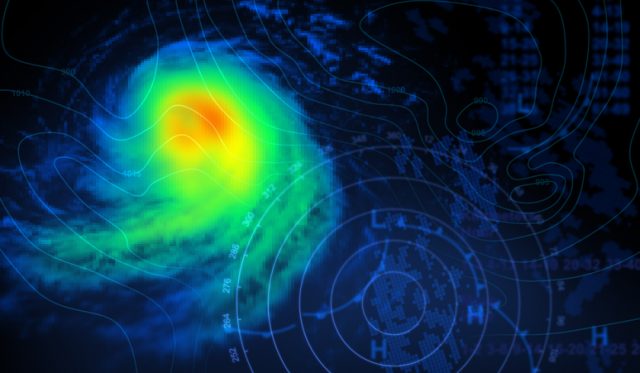
At the same time, the use of nuclear devices for civilian purposes became part of the U.S. government’s Project Plowshare ― a program aimed at the development of techniques which would enable nuclear explosives to find use in construction.
Although everything containing the word “nuclear” was hailed as the future during the 1950s, by late 1960s, the effects of radioactivity became wider known to the public and a reverse trend appeared.
The government soon abandoned all mention of the use of nuclear explosives in so-called “peaceful” purposes.

What Reed failed to predict was the fact that his idea was indeed a double-edged sword ― while theoretically destroying the hurricane, the bomb would unleash radioactive fallout which would quickly reach the coast carried by wind, causing even greater damage than the hurricane itself.
Besides, the scientists from NOAA had long concluded that Reed’s calculations were wrong ― the 20 megaton nuclear bomb suggested by the meteorologist wouldn’t be enough to tame an average hurricane. In order to make a dent in Mother Nature’s superweapon, a much more powerful bomb would be needed.
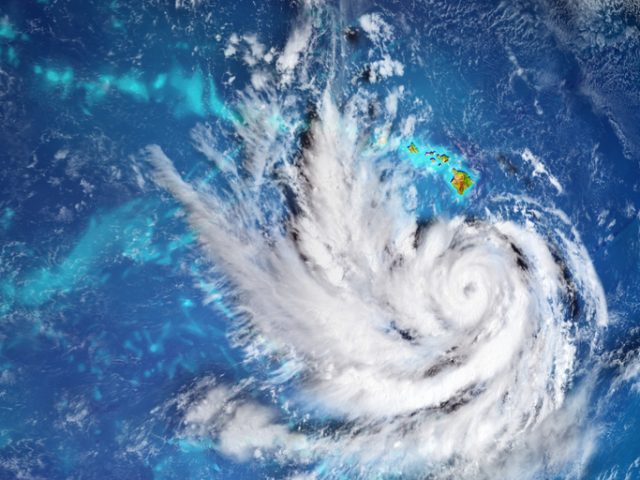
Project Plowshare continued to spread in other fields of interest. In 1973, three 33 kiloton bombs were detonated underground in Rio Blanco, Colorado. This was the third, and final, experiment to determine if controlled nuclear explosions could be used to fracture rocks deep underground, allowing natural gas extraction. However, the gas produced by this “nuclear fracking” method was found to have high levels of radioactivity, and thus was useless.
Nevertheless, plans for civilian use of nuclear explosives remained in development as the government and private companies sought out ways to turn the bomb into profit, although far from the public eye.
Projects including rock blasting, chemical element manufacture, space travel and ― ironically ― sealing off vast underground stores of nuclear waste were all mentioned in numerous files regarding the Pandora’s Box released by Project Plowshare.
Read another story from us:Ancient Aliens – Bizarre Theories and Evidence Throughout History
Luckily, barely any of these projects went into the testing phase.
In 1990, the Peaceful Nuclear Explosions Treaty was signed by the U.S. government and the U.S.S.R., limiting the use of nuclear weapons for non-military purposes to 150 kilotons. The document was the formal acknowledgment that any irresponsible use of nuclear weapons during peacetime should be strictly prohibited.
